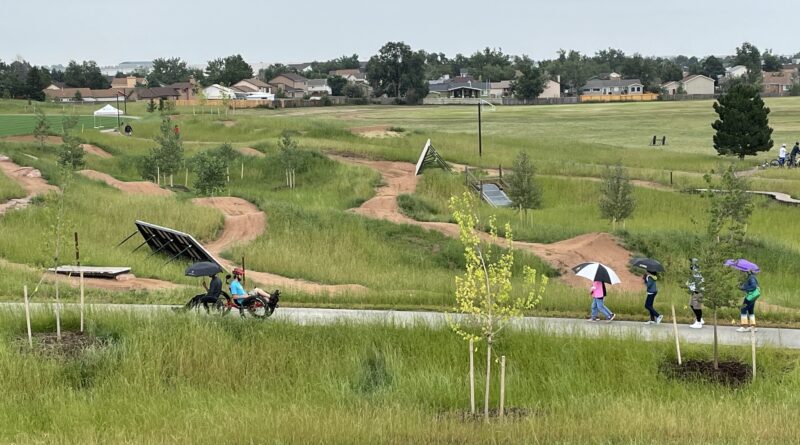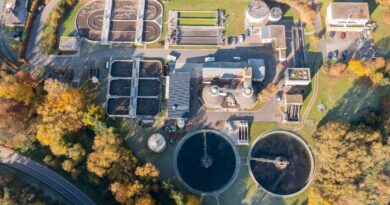Providing Flood Control to Urban Streams
Recognizing our water projects as part of a larger system allows for greater success
 By Laura Kroeger
By Laura Kroeger
Water resource projects don’t take place in a vacuum. Rather, they are interconnected with the people and environment around them. The Mile High Flood District (MHFD) recognizes this and is working towards increasing the overall value of its stream projects to the community by incorporating multiple benefits beyond flood risk mitigation. This approach is necessary due to limited shared public space and available funding sources. Even smaller-scale projects can achieve multiple benefits by rethinking the design process.
MHFD has developed an Urban Stream Implementation Strategy and Assessment Tool to facilitate this new approach. Unlike traditional design approaches, this strategy is collaborative and inclusive, beginning with understanding the existing conditions and context of the project before setting goals and objectives. This approach allows diverse teams to view the stream project as part of a larger system by identifying additional opportunities and challenges. Through integrating existing community plans and neighborhood data, engaging with the community and involving business, development and other utilities, a comprehensive understanding of all the needs and desires for the space can be achieved. Then, ways can be explored to leverage the initial stream improvement project to incorporate these other elements and provide greater value back to the community.
At the heart of MHFD’s strategy is the Urban Stream Assessment Procedure, a tool that plays a pivotal role in identifying and measuring the urban stream functions that a project can influence. These functions include hydrology, hydraulics, geomorphology, vegetation and community values. By considering all five functional elements, projects can be planned and executed to ensure they align with the needs and values of the community.
The assessment tool brings in the community values piece at the project’s onset, so it is not a secondary consideration. The tool works in tandem with the strategy. The assessment procedure is a systematic way to understand the context of the project, gauge opportunities for enhancements and define overall success to establish priorities. Aligning priorities with goals and objectives is essential since competing interests often occur within the stream functions. During the evaluation phase, the urban stream assessment tool can help inform the tradeoffs of each alternative.
For example, an identified priority may be connectivity between neighborhoods to build a pedestrian bridge across the creek. This community value element may negatively impact the ideal hydraulics and geomorphology, resulting in sediment deposition. By identifying the conflict in the early stages of the process, the team has more options to address the potential problems. In this case, it may be adding in better maintenance access and planning for higher long-term management costs. The intent is to make conscious decisions and understand the consequences. We rarely achieve the highest function for all five elements simultaneously without compromise due to space limitations and funding.
Let’s consider a real-life application of the strategy. Stream Landscape Architecture and Planning, a firm in Denver, Colorado, led a project that incorporated the five elements of an urban stream using this implementation strategy. They worked with their team to incorporate a bike challenge course in and around water quality and an extended detention basin at Panorama Park in Colorado Springs. This project also focused on enhancing the user experience through vegetation diversity. An ecologist was brought in to develop site-specific seed mixes. This combined use of space and attention to all five elements provided the community with a higher level of value, demonstrating the practical benefits of the strategy.
In conclusion, we can achieve greater success when we recognize our water projects as part of a larger system. By rethinking our standard design approach to first understand the context of the people and the surrounding environment through the five elements, we can find connections and opportunities to enhance our projects. Implementing this approach will result in projects with multiple benefits enriching our communities.
Laura Kroeger is the executive director at the Mile High Flood District.




